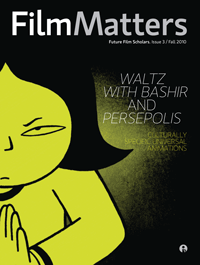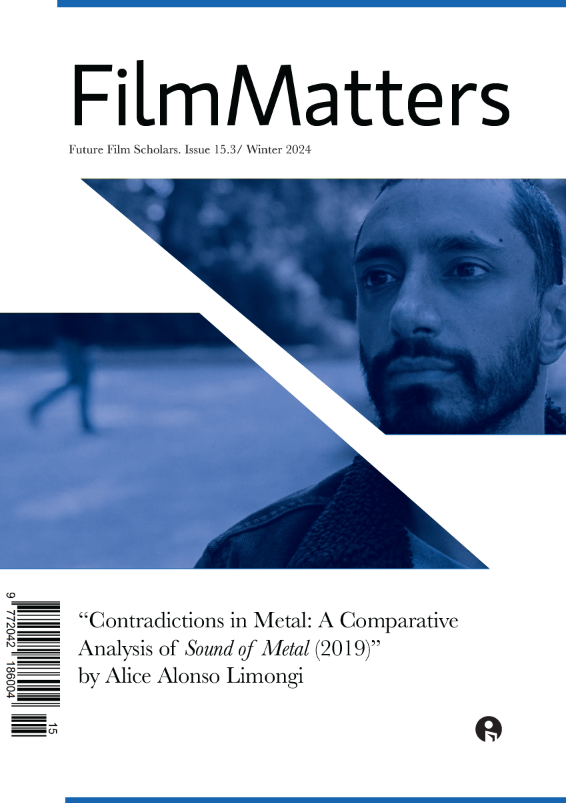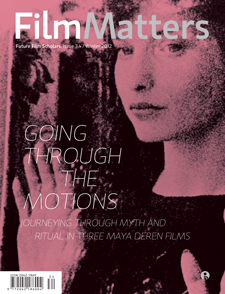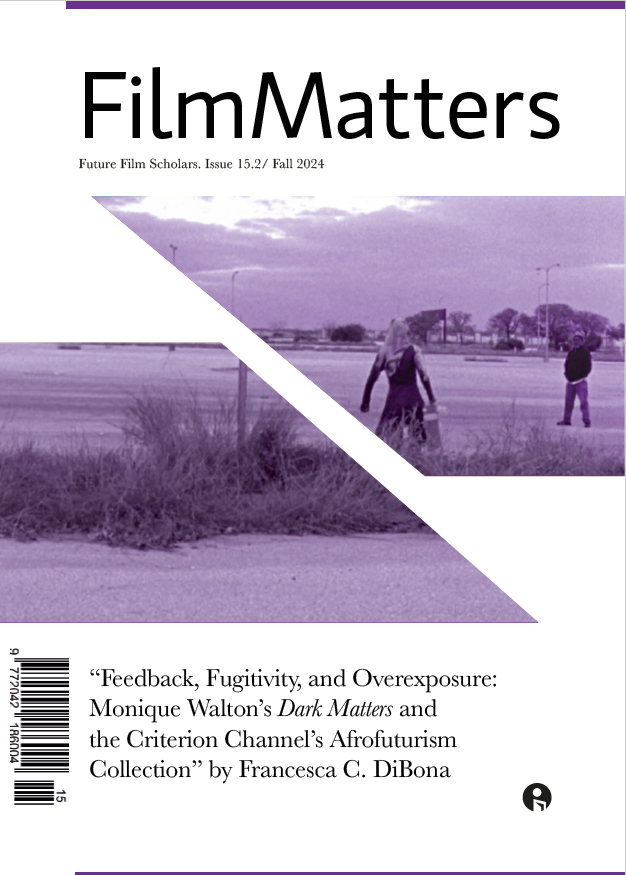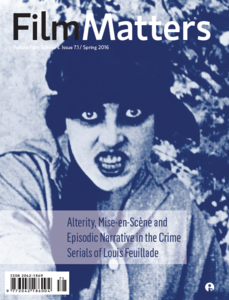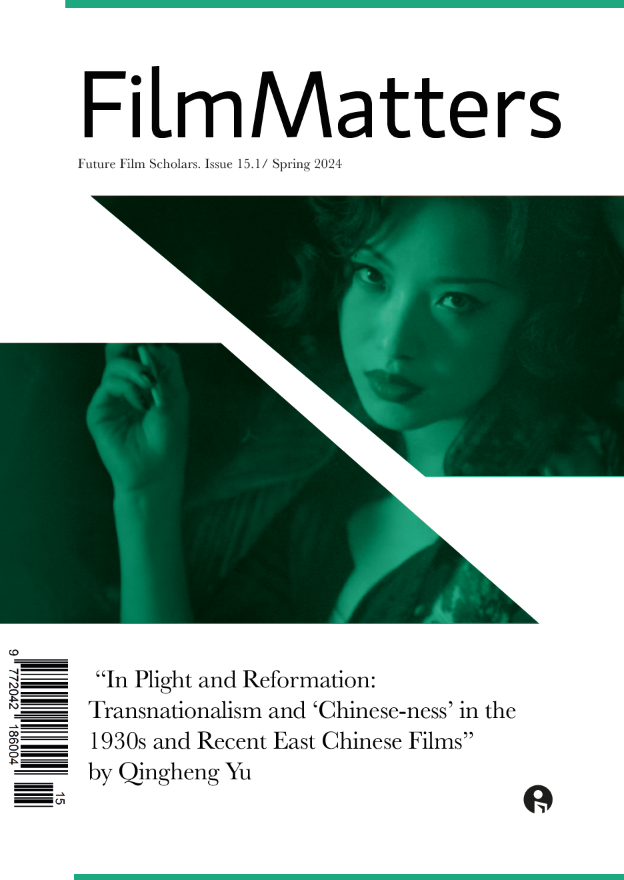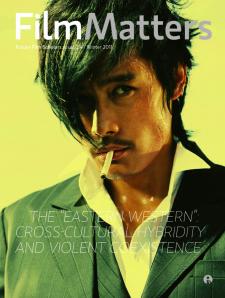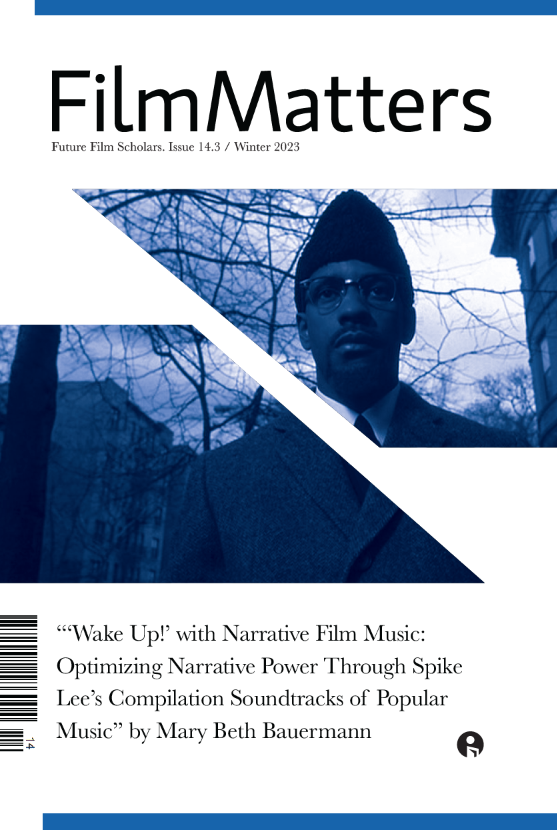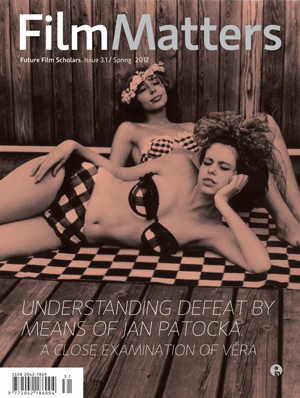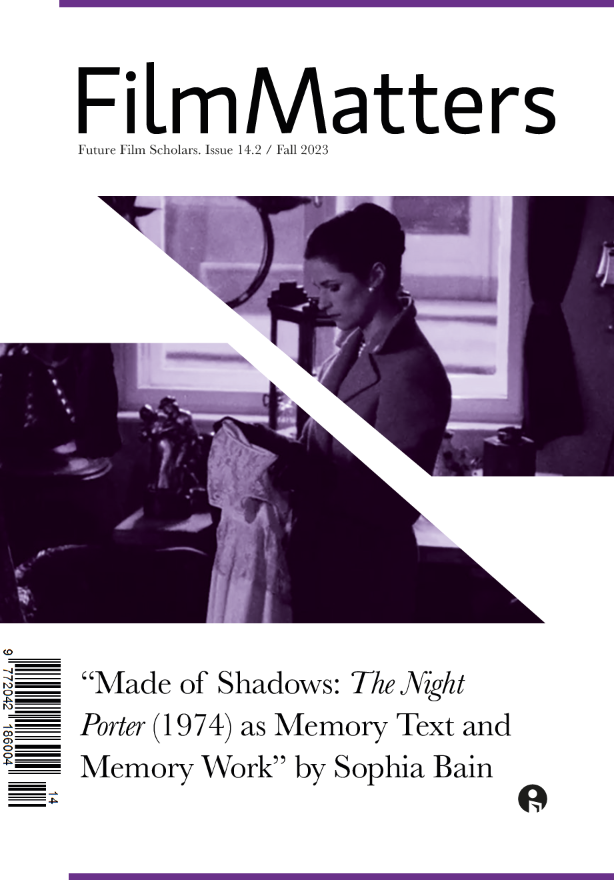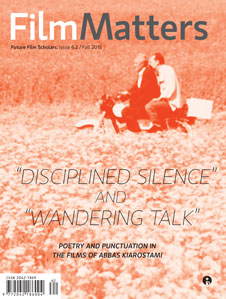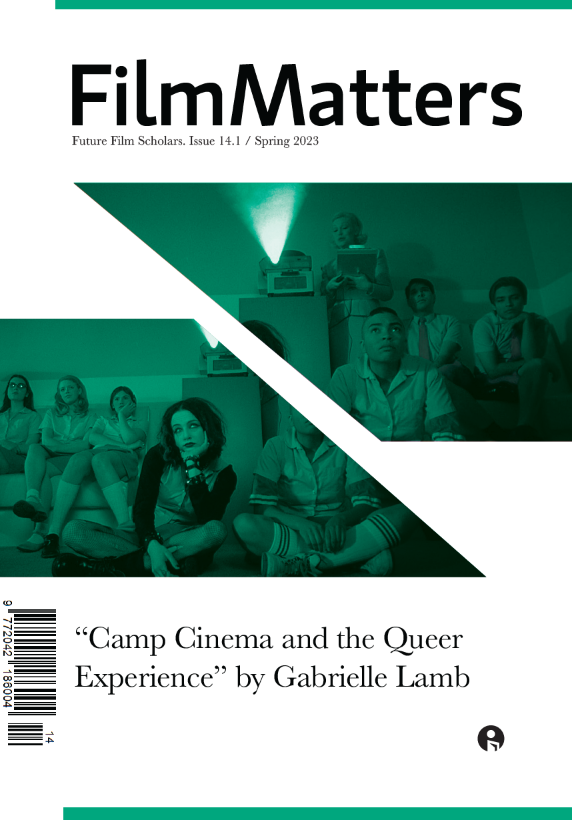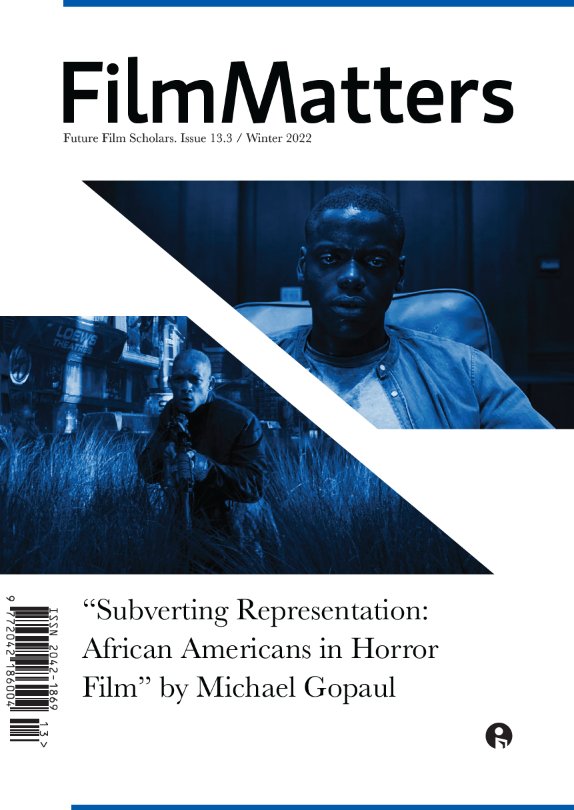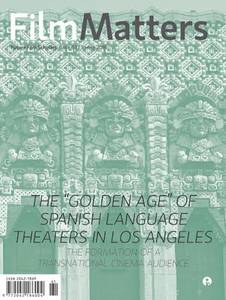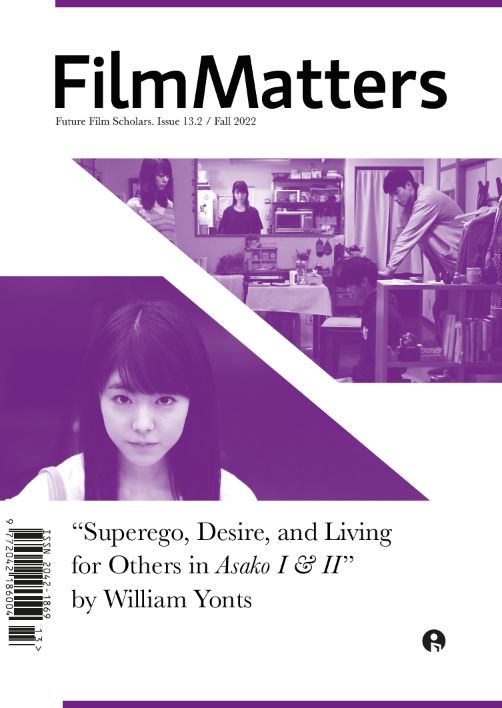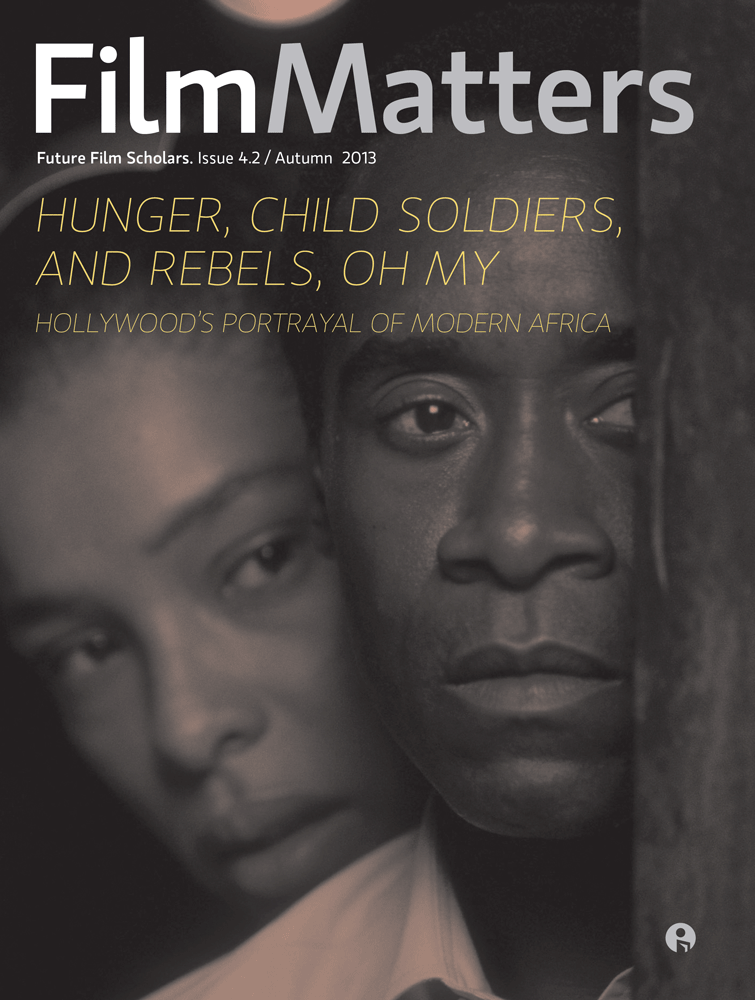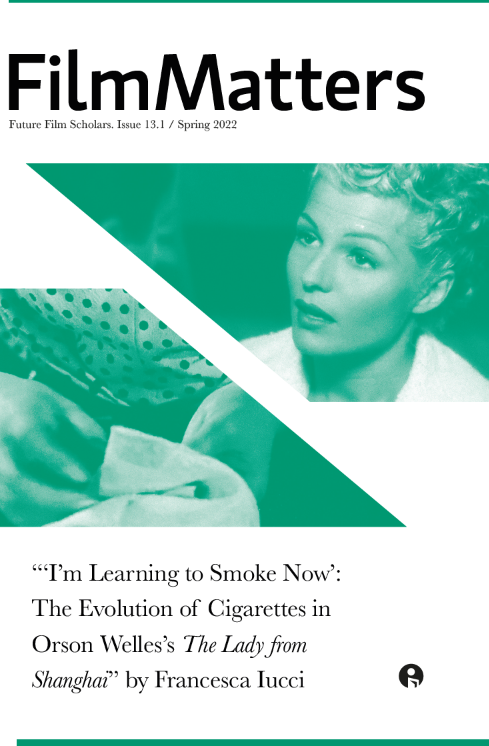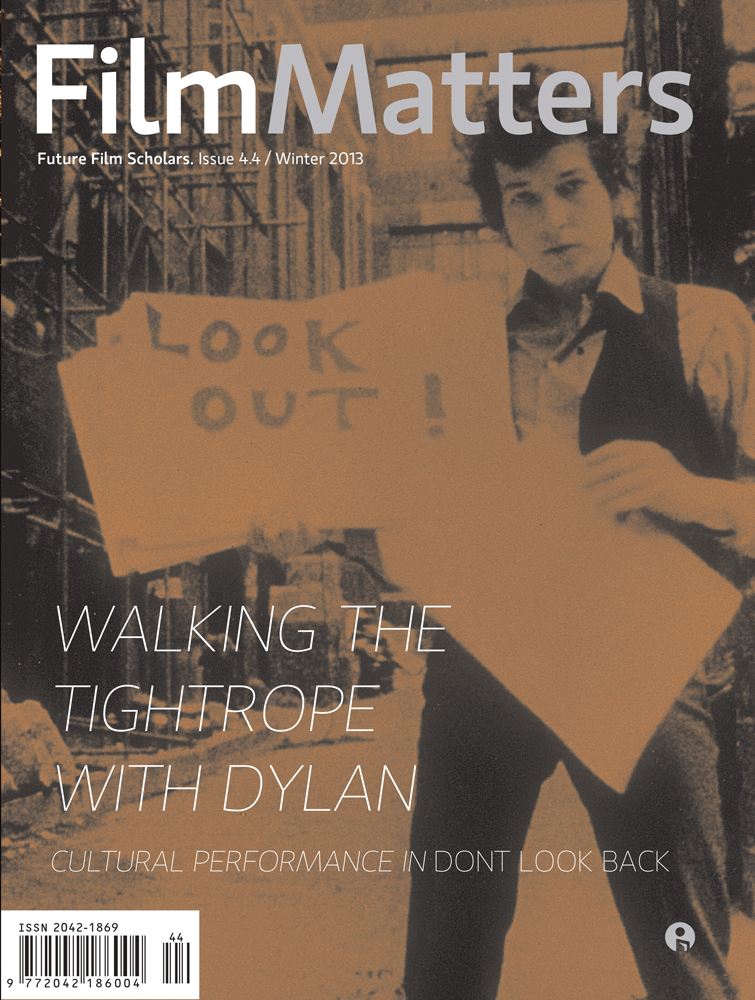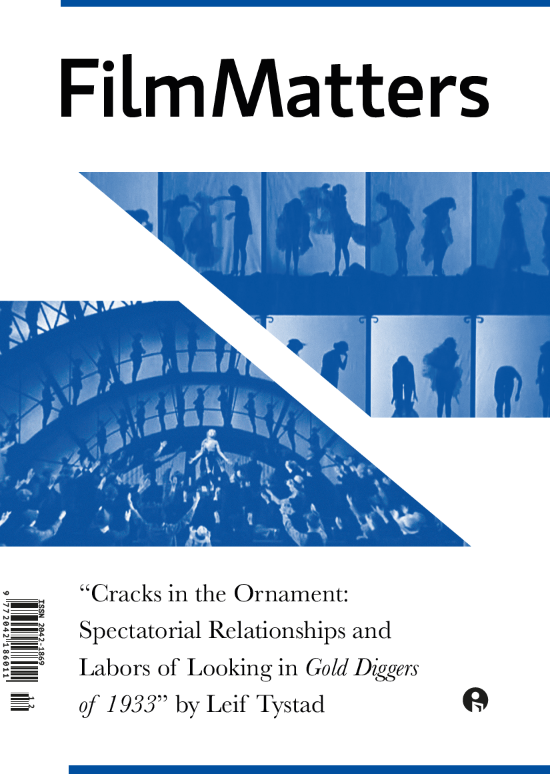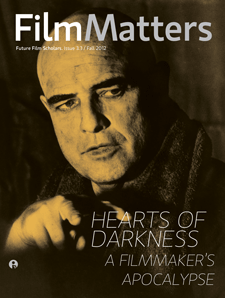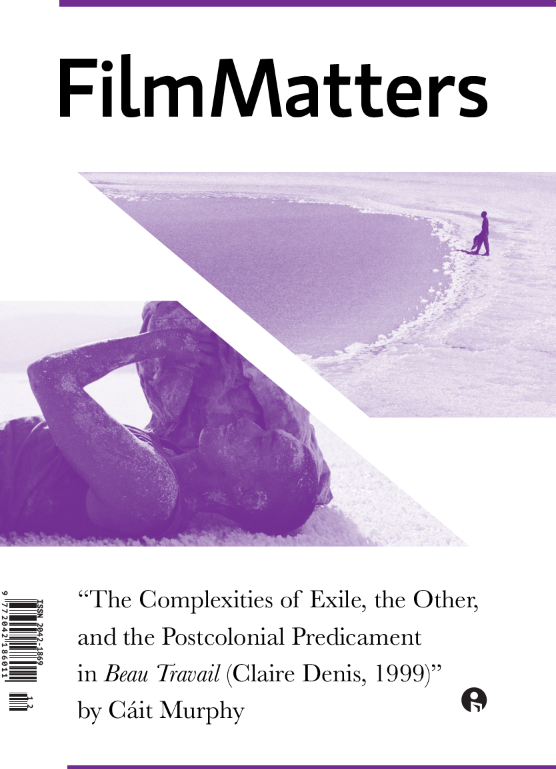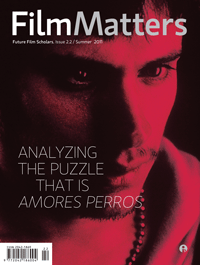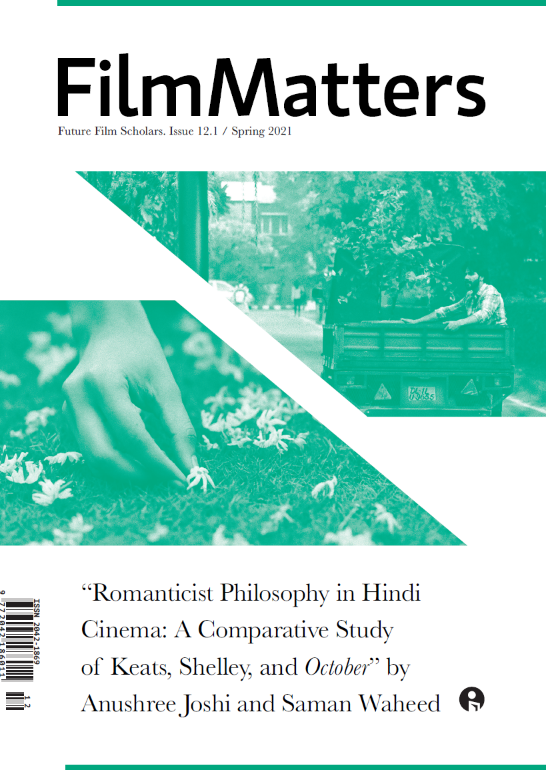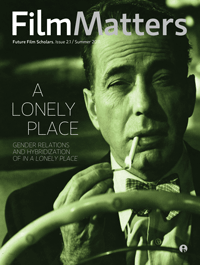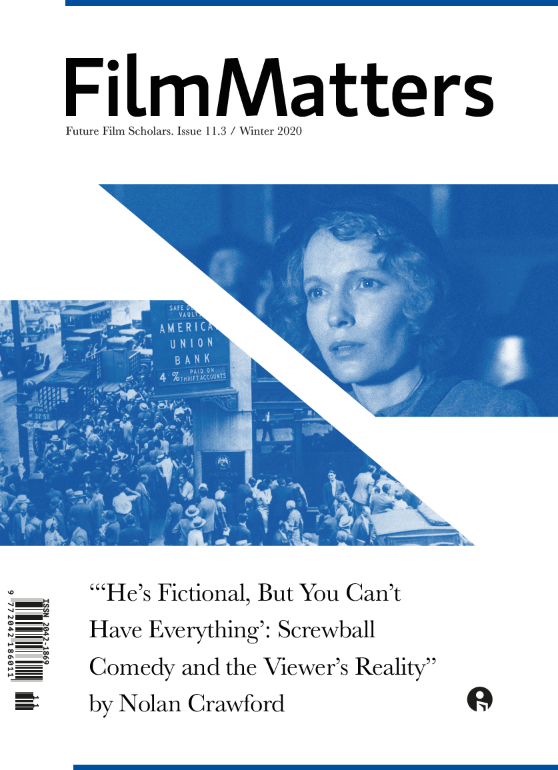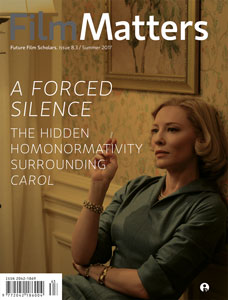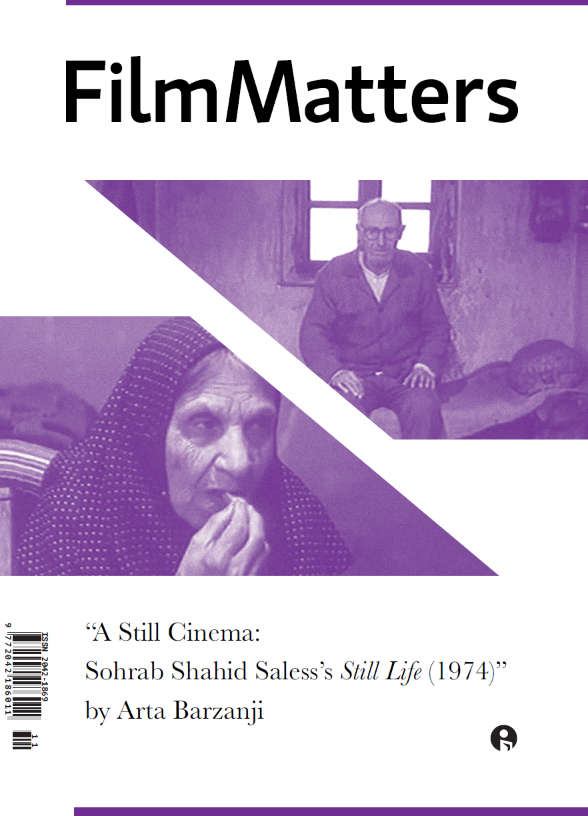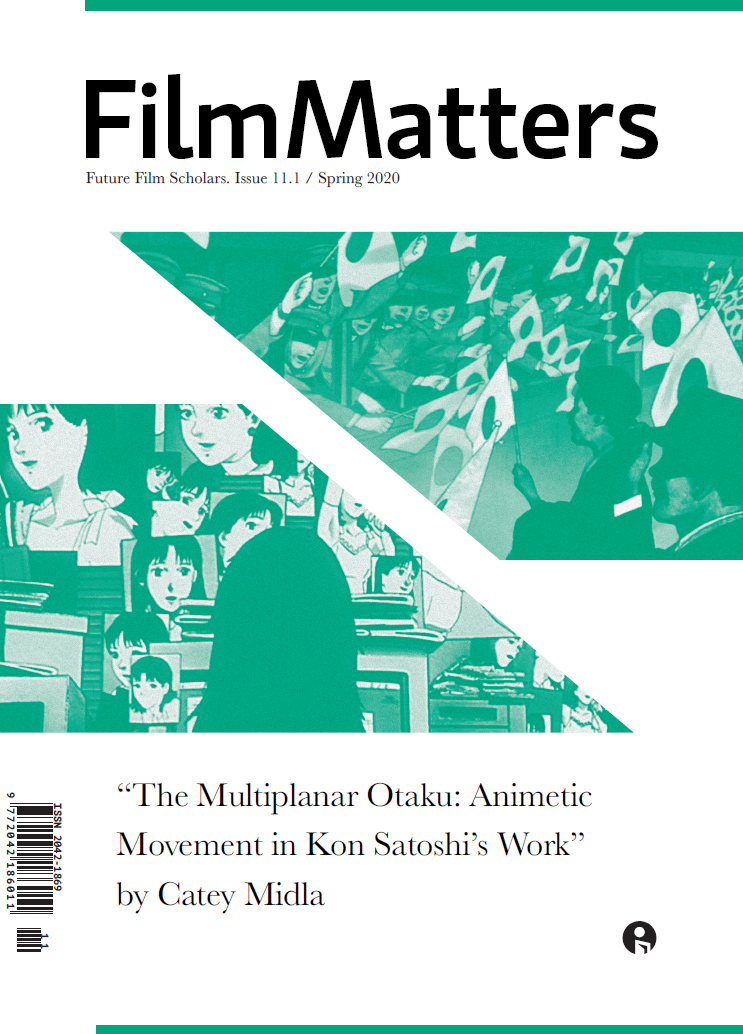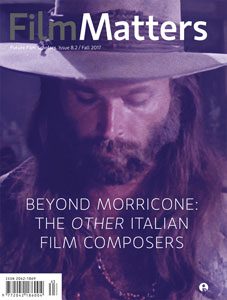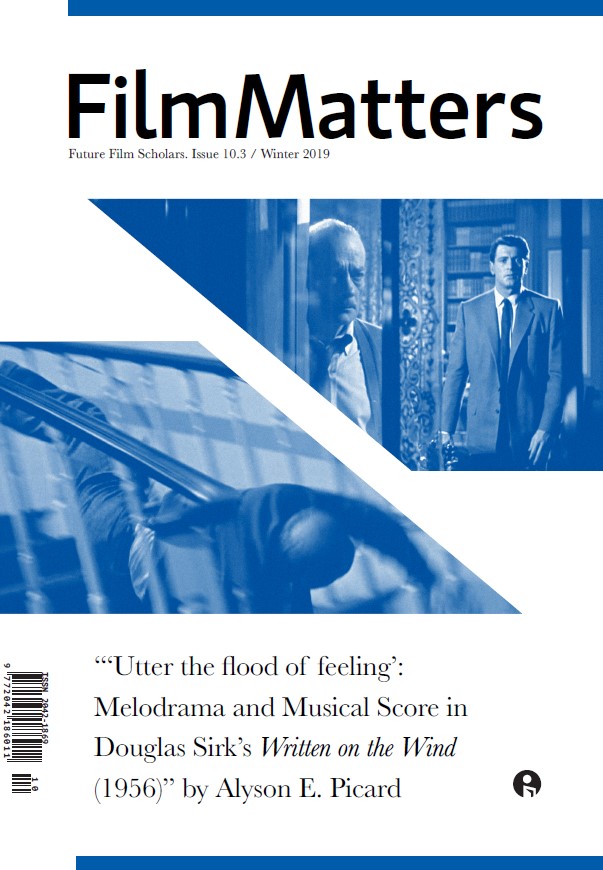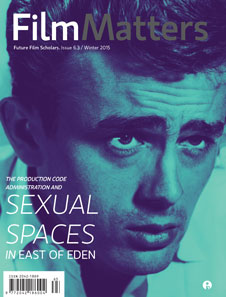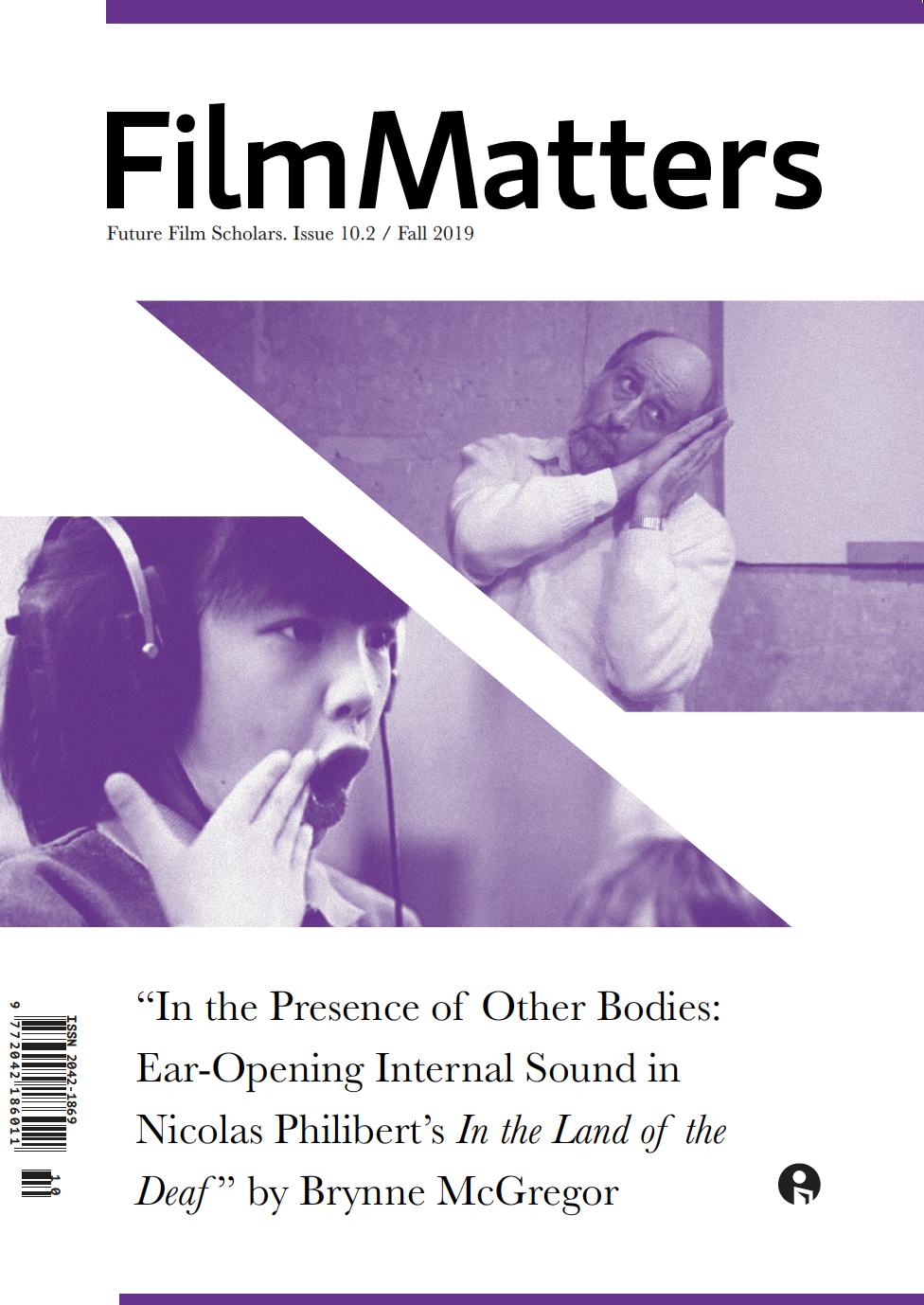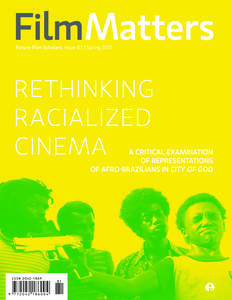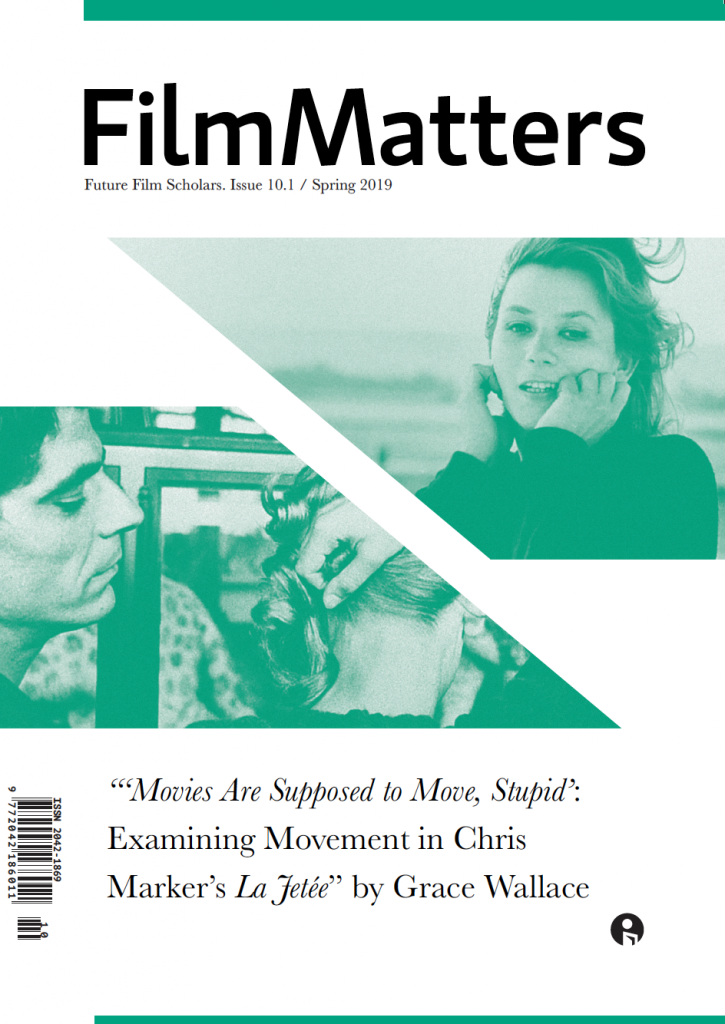Sonia and Miriam Albert Sobrino, also known as the ALSO Sisters, are two incredibly talented filmmakers and screenwriters. They bring their unique collaboration style to every project they pursue. This style has also resulted in success and acclaim from numerous film festivals. I was lucky enough to get the chance to ask them some questions about their work, worldview, collaboration, and perspectives on film.
HAB: Please tell me about yourselves and your films. What makes you distinctive as filmmakers?
ALSO Sisters: Like most people, we dreamed about filmmaking as kids, but we didn’t pursue it until adulthood, after already working in another career. We come from a humble background, and the arts never felt like a viable path. So, we trained and worked as nurses in Spain and Scotland, which shaped the way we approach filmmaking: hands-on, practical, and not the sit-in-a-chair kind of directing. We value collaboration, but we’re also not afraid to get our hands dirty, both literally and creatively.
This background made us proactive learners. We dove into camera and lighting departments early on so we could make professional-looking films with minimal resources; or scale up when the opportunity arises. That flexibility has helped us build work that functions in indie and larger productions alike.
While our films don’t literally center on healthcare, our past lives as nurses inform them deeply. They often feature characters in transitional spaces, caught between one chapter and the next; wrestling with something emotionally or spiritually cathartic. Thematically and stylistically, our work is shaped by what we’ve witnessed in real life. And while horror is our primary genre, we also venture into nonfiction and other narrative forms when the story calls for it. At the heart of it all is a desire to explore the human experience.
HAB: You self-describe as the ALSO Sisters. How does such an unusual collaboration affect your approach to filmmaking?
AS: The name “ALSO Sisters” is a happy accident. It’s a portmanteau of our last name (AL-bert SO-brino) and a nod to how people tend to describe us: “Oh, you make films together . . . and you’re also sisters.” It stuck. We didn’t plan it, but here we are.
People assume that being twins means we agree on everything. We do live together, teach at the same institution, and, yes, we often finish each other’s sentences. But the truth is, we argue . . . a lot. Unlike the Coens, if you ask us a question on set that we haven’t discussed beforehand, chances are we’ll give you different answers. That’s why we try to hash things out before showing up to set; and we pride ourselves on doing that work.
What this collaboration really gives us is honesty. We’re not afraid to tell each other when something isn’t working. Other collaborators might hold back to avoid hurt feelings. We don’t. We’re making the same film, and we’re both all in, no matter whose idea something was. So, we push each other, challenge each other, and that sometimes means a couple of awkward days until we land on the right solution.
On set, pragmatically, we try to make things easier for the crew. Sonia usually leads the camera team; Miriam takes the lighting team. That way, questions are funneled efficiently, and we can both focus on the big-picture cinematography. Direction typically comes through Miriam, following a nearly telepathic argument behind the monitor that’s silent to the crew but wildly entertaining (and slightly concerning) to watch. On set, we also make fun of each other . . . a lot. It helps reduce tension and keeps the energy on set light and positive. Unless the schedule is tight, you’ll probably hear some playful roasting between takes.
HAB: Your work spans more than one continent, and you work globally in a range of contexts. How does this internationalism shape your work?
AS: Thematically, our films are shaped by our status as outsiders. Our protagonists are often female and navigating transitional or unfamiliar spaces, just like us. As Spaniards living and working in the US, our accents still get us the “So . . . where are you from?” treatment, even after decades here. Once, while buying paint, someone asked if we were visiting. We said, “Yeah, we hate the hotel walls, so we’re redecorating.” Not sure they got the joke.
That outsider feeling creeps into our work, but always with the goal of connecting through universal themes. Even when the stories are culturally specific, we want audiences to see themselves in them.
Practically speaking, we make films both in the US and in Spain. In Spain, our work is often fully independent and lower budget, which brings out our inner guerrilla filmmakers. Face Not Recognized. Try Again (2021) is a good example. It’s a horror film about our dark dependency on technology, shot during the pandemic’s first winter in the gorgeous landscapes of Galicia, with us starring in and shooting it.
In the US, we have access to more resources and larger crews, which allows for more complex productions. Take The Unbearing (2024), filmed in Atlanta with a stellar team of generous and talented professionals. The scale and logistics shift, but the storytelling heart remains the same.
HAB: How does the acclaim from film festivals affect your projects? What have you learned from your films going through the festival circuit?
AS: The film industry runs on relationships, it’s a business of “who do you know?” And when you don’t come from those circles, when you have no industry family or connections, festivals are one of the only ways in. That’s been our path. Recognition from festivals helped get us in the room and eventually write and pitch to studios like Disney.
We also genuinely respect the short format. A lot of filmmakers treat shorts like demos for features. We don’t. Some stories belong in fifteen minutes and trying to stretch them out does them no favors. We take the short form seriously, just like you’d take a short story seriously. We’ve learned how to market and distribute our work with that in mind, and we think the industry is starting to support that idea too.
HAB: You appear to have worked on multiple horror projects. Why horror? What draws you to this genre, particularly?
AS: Our early films leaned into the surreal and experimental, inspired by European art cinema. But as we moved through the industry, we realized those films, while respected, weren’t always sustainable. Horror gave us a space to be both creative and honest. The genre allows for more visual and narrative experimentation, and audiences come in ready to suspend disbelief. That gives us room to play.
We’re not married to horror, though. We’ve also worked in drama and black comedy. But horror keeps calling us back because it aligns with our desire to push boundaries and avoid predictable storytelling. And frankly: it’s a genre where art and industry can meet on equal terms.
HAB: Switching gears—you also work as educators. How does your unique style of filmmaking and collaboration affect your teaching?
AS: Teaching has always been part of who we are. We taught as nurses and, if we weren’t making films, we’d probably still be teaching something somewhere. Film is collaborative and hands-on, and our teaching mirrors that. We want our students to feel empowered, to know how to make films with a big crew or on their own. That’s why we structure our courses to simulate the real-world industry. For example, last fall we made a short film as part of our advanced cinematography and lighting classes. Students ran departments. One even co-DP’d with us, pitching a great idea that helped shape the film.
We want our students to leave ready, not just in terms of skill, but with actual experience. We’ve worked hard to secure access to state-of-the-art equipment, which lets us replicate professional sets inside the safety net of school. That hands-on, career-focused model is at the core of what we do.
HAB: What’s next for you? Any future projects you can tell us about?
AS: We’re in post-production on two projects: our second feature The Stairwell and a horror short titled A Clown Walks into a Restroom. Both were shot with our students as key crew members, and we’re excited to get them out there, not just for us, but to help launch their careers too.
We also just came back from Stowe Story Labs, where we workshopped a new screenplay, No Man Is an Island. The lab was a game-changer. We learned a lot and made great connections we’re eager to bring into our classroom, especially for our CAPSTONE course, which we’re overhauling with a competitive Pitch Competition and a Spring Showcase.
These days, we’re itching to return to nonfiction. That’s where we started, and lately we’ve felt the pull again. Real life, unfortunately, or fortunately, can be as terrifying and compelling as any horror film.
Author Biography
Holley Anne Brabble is a fourth-year student at the University of North Carolina Wilmington studying Film and Creative Writing. She enjoys watching and writing about film, as well as creating her own original screenplays. She recently completed her first original short film Balzarina (2024) and looks forward to spending more time on set and continuing her educational and creative endeavors.



